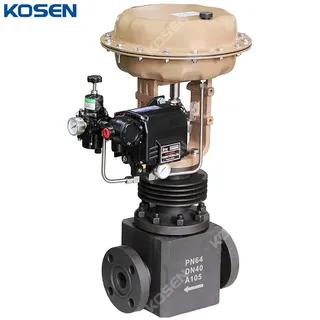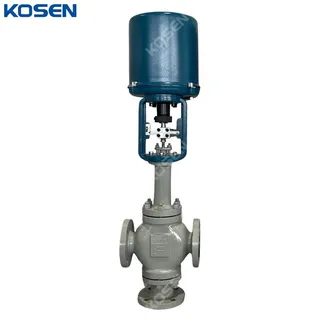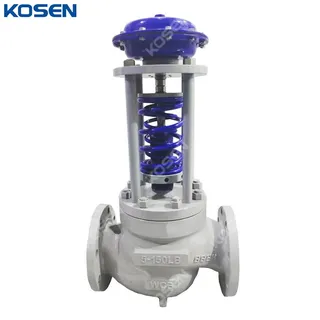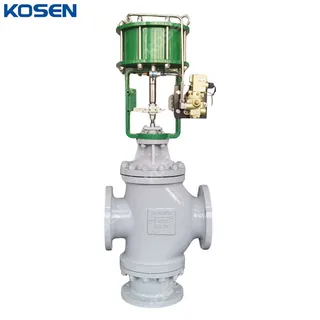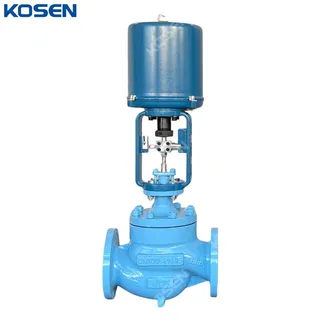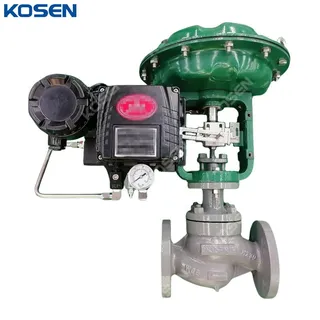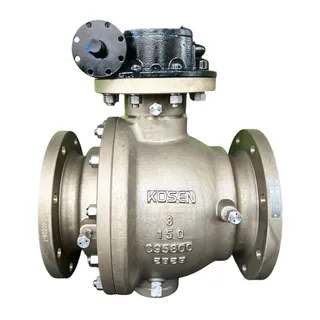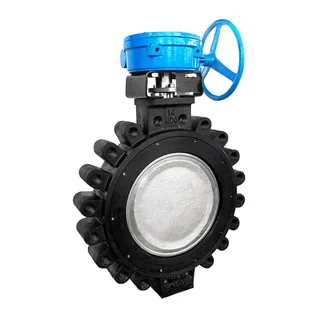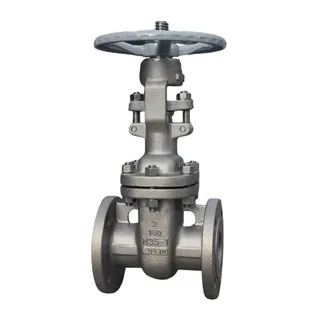A control valve regulates fluid flow by adjusting the size of the flow passage, based on signals from a controller. This allows precise control of flow rate and, in turn, parameters such as pressure, temperature, and liquid level. In production processes, it is necessary to install adjustment mechanisms to ensure that parameters like pressure and flow meet the process requirements. The primary principle behind these mechanisms is to vary the flow area between the valve plug and seat, thereby controlling the desired parameters. Control valves can be classified into two types: self-actuated control valves, such as pressure relief and pressure-regulating valves, which are driven by the energy of the medium itself; and externally actuated control valves, such as electric, pneumatic, and hydraulic control valves, which rely on external power sources for operation.
Control Valve Product List
Total 6 Records, 16 records per page
